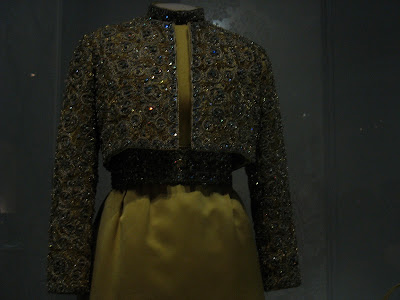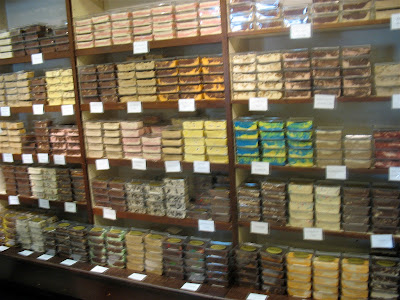On Thursday, we visited the American History Museum. On Friday, I flew out and Karl took the kids to the Air and Space Museum.
The kids said that Seattle's Museum of Flight has a better WWI/WWII exhibit. It's really good. They let you fly a WWI plane!
After the museum, Karl took the kids to historic Winchester, Virginia to buy black powder for Gettysburg. I'll bet not many dads can say that!
A little Winchester history:
During the Revolutionary War, the Virginia House of Burgesses chose local resident and French and Indian War veteran Daniel Morgan to raise a company of militia to support General George Washington's efforts during the Siege of Boston. He led
The 96 men of Daniel "Morgan's Sharpshooters" marched from Winchester to Boston in 21 days. Morgan, and others also performed various duties in holding captured prisoners of war, particularly Hessian soldiers, who were known to walk to the high ridge north and west of town, where they could purchase and eat apple pies made by the Quakers. The ridge became affectionately known as Apple Pie Ridge.
During the Civil War, Winchester and the surrounding area were the site of numerous battles as both the Confederate and Union armies strove to control that portion of the Shenandoah Valley. Seven major battlefields are within the original Frederick County. I am currently reading the diary of a woman who lived in Winchester during the Civil War.
This area - the whole east coast really - is just riddled with historical sites. It is incredible to drive along the highway spotting names familiar from history left and right - Manassas, Lexington, Trenton, Menlo Park, Spotsylvania.
They ate dinner here. "Wings", get it?! (Snort.)




















































